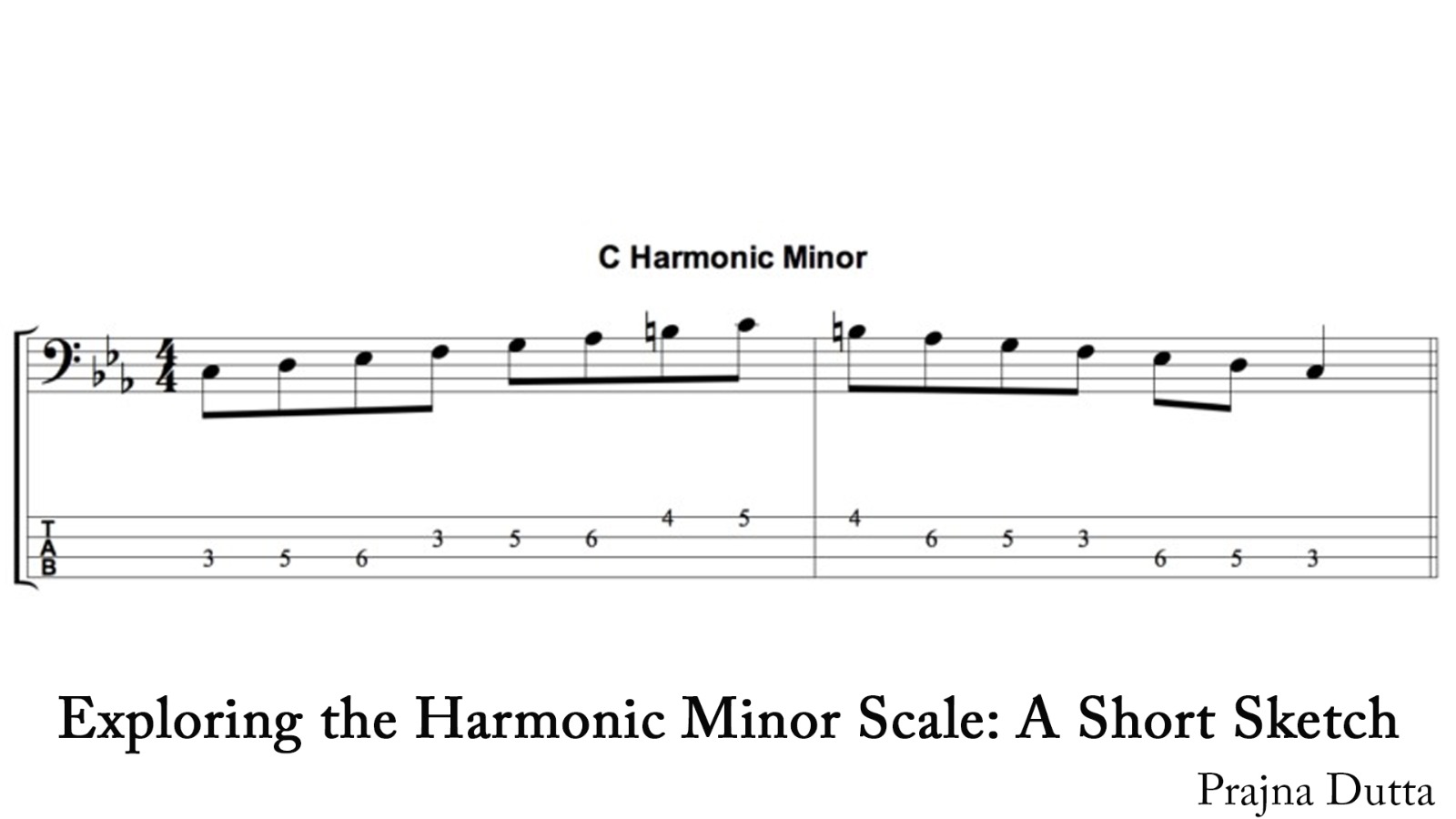Abstract:
The harmonic minor scale is a fundamental concept in music theory that has been widely employed in various genres and musical compositions throughout history. This article aims to provide a thorough understanding of the harmonic minor scale, its construction, and its unique tonal characteristics. Furthermore, this article will explore the harmonic minor scale's application in different musical contexts through the use of relevant musical examples.
1. Introduction:
The harmonic minor scale is a variation of the natural minor scale, characterized by the raised seventh degree. This alteration creates a distinct tonal color, often associated with exotic and dramatic musical expressions. The purpose of this article is to delve into the theoretical foundations of the harmonic minor scale and analyze its melodic and harmonic potential through the examination of notable musical excerpts.
2. Construction and Characteristics of the Harmonic Minor Scale:
The harmonic minor scale can be constructed by raising the seventh degree of the natural minor scale by a semitone. For instance, in the key of A minor, the harmonic minor scale consists of the following notes: A, B, C, D, E, F, G#, A. This alteration creates an augmented second interval between the sixth and seventh degrees, which contributes to the scale's distinctive sound.
3. Melodic Applications of the Harmonic Minor Scale:
The harmonic minor scale offers a rich palette of melodic possibilities due to its unique intervallic structure. In classical music, composers have extensively employed this scale to evoke a sense of tension and heightened emotion. For instance, in Wolfgang Amadeus Mozart's Piano Sonata No. 8 in A minor, the opening theme utilizes the harmonic minor scale to convey a dark and melancholic atmosphere.
4. Harmonic Applications of the Harmonic Minor Scale:
Apart from its melodic applications, the harmonic minor scale serves as a foundation for harmonic progressions and chordal structures in various musical contexts. In jazz and fusion genres, musicians often utilize the harmonic minor scale to create colorful and chromatic harmonies. A notable example can be found in the jazz standard "Autumn Leaves," where the progression features the use of the A harmonic minor scale to outline the dominant chords.
5. Modal Interchange and Borrowed Chords:
The harmonic minor scale also facilitates modal interchange and the borrowing of chords from related keys. This technique allows composers to introduce unexpected and contrasting harmonic flavors within a composition. In Dmitri Shostakovich's Symphony No. 5, the use of the F# harmonic minor scale in the second movement adds a sense of tension and unease before resolving back to the home key of D minor.
6. Fusion of Eastern and Western Musical Traditions:
The harmonic minor scale plays a significant role in bridging Eastern and Western musical traditions. In world music and contemporary genres, the scale is frequently employed to infuse exotic and Middle Eastern flavors into compositions. An example can be found in Led Zeppelin's iconic song "Kashmir," where the harmonic minor scale is used to create a distinct Eastern-inspired tonality.
7. Conclusion:
The harmonic minor scale is a versatile and captivating musical tool that has been utilized across various genres and styles. Its unique tonal characteristics, melodic potential, and harmonic applications have made it a valuable resource for composers and musicians throughout history. By exploring the construction and analyzing musical examples, this article has provided valuable insights into the harmonic minor scale's significance in the realm of music theory and composition.

Comments